The case of Badoy and Ka Eric
When a promise is a promise is a promise, especially in a media transaction
At A Glance
- As a broadcast journalist in my past and as a writer for print today, on the matter of revealing the identity of my source whose identity I promised to protect, my word is sacrosanct
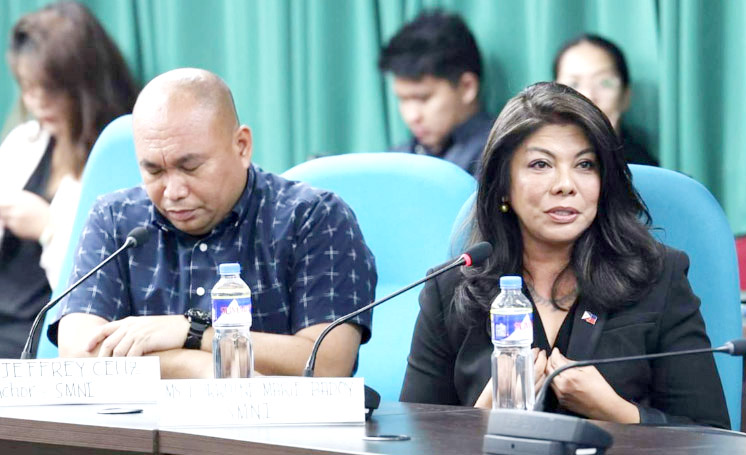
It took me a whole day before I could begin to write my article. I wanted to begin by saying how relieved I was to hear of the recent release of Sonshine Media Network International (SMNI) hosts Dr. Lorraine Badoy and Jeffrey “Ka Eric” Celiz from detention the other day, after being cited for contempt by the House of Representatives.
During the House Committee on Legislative Franchises, Badoy was cited for “acting in a disrespectful manner” and for “conflicting statements during the hearing” while Ka Eric was detained for refusing to divulge his source on the matter of Speaker Martin G. Romualdez’s reported ₱1.8 billion travel expenses during his show Laban Kasama Ang Bayan on SMNI. Both were detained and went on hunger strike for a few days until the House ordered their release. On occasion, I do watch hearings both of the lower and upper chamber. In fact, I have had the privilege of attending a senate hearing as part of the audience years back and found it to be substantial. So, I can just imagine how speaking before legislators and being grilled by them can be nerve-wracking.
On the issue of being disrespectful, I always have to remind people that regardless of what your personal view is on the government and the individuals in it, always respect the position. Then as a broadcast journalist in my past and as a writer for a news organization today, on the matter of revealing the identity of my source whose identity I promised to protect, my word is sacrosanct. When I promise not to reveal the identity of my source, my promise is as sacred as the one I make in front of God. Good thing we have the Sotto Law to protect the identity of sources who want to remain anonymous. We are taught in journalism classes, however, that as a responsible journalist, one has to verify information from at least three different sources before making it public. Then you have your last line of defense before going public with your news script, editorial, or article, the producer, or the editor. Thank goodness for producers and editors!
“If we need them, we’ll call them back,” said committee chairperson Gus Tambunting to the media as Badoy and Celiz were released.
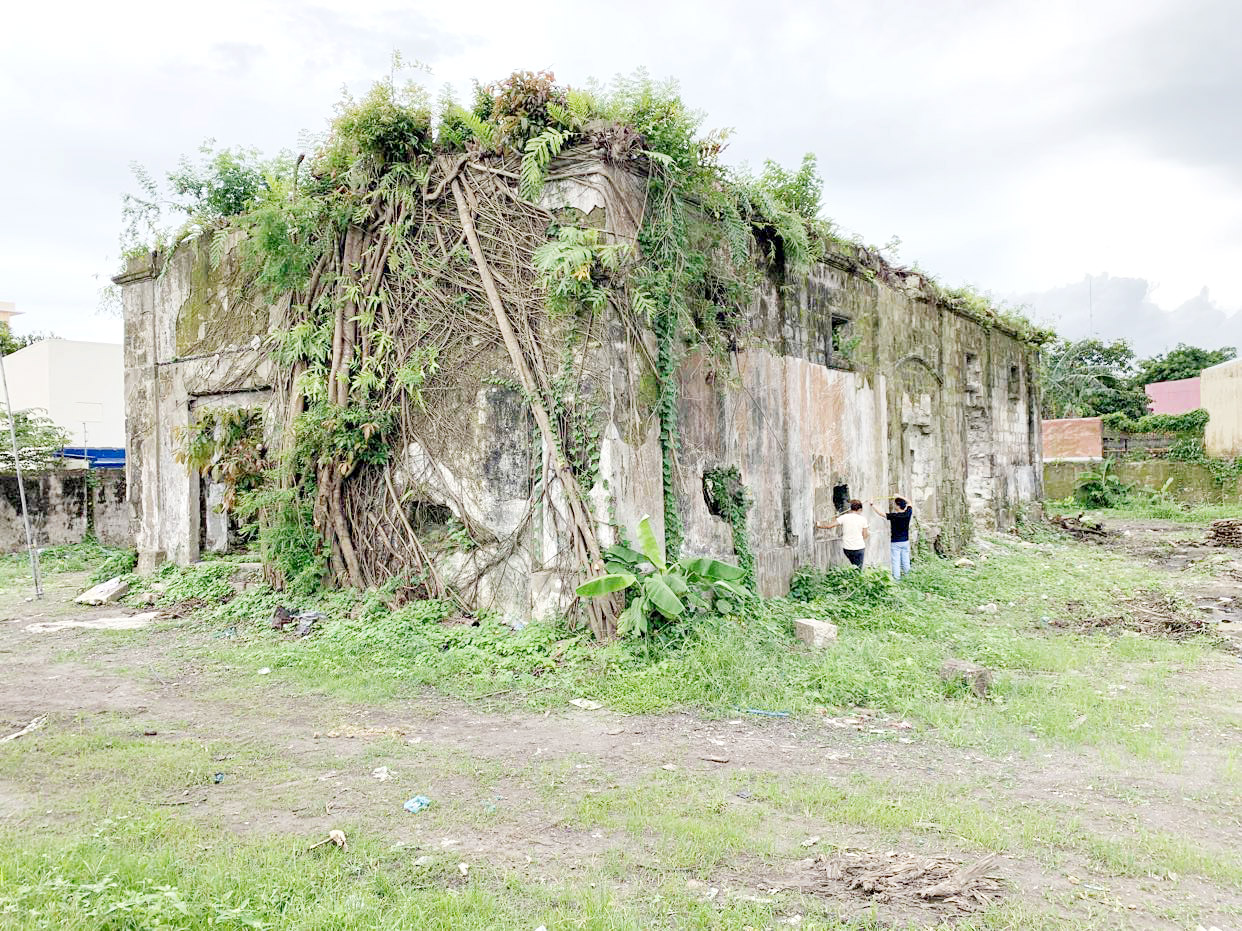
The second topic I wanted to write about is an on-going heritage case to save the Administracion del Correo complex in Naga City, Camarines Sur. This historical complex served as the post office and jail for the province’s capital during the Spanish colonial period. At the moment, there is an attempt to have the Correo de-listed from the Philippine Registry of Cultural Property, to pave the way for development by the landowners where the Correo is located.
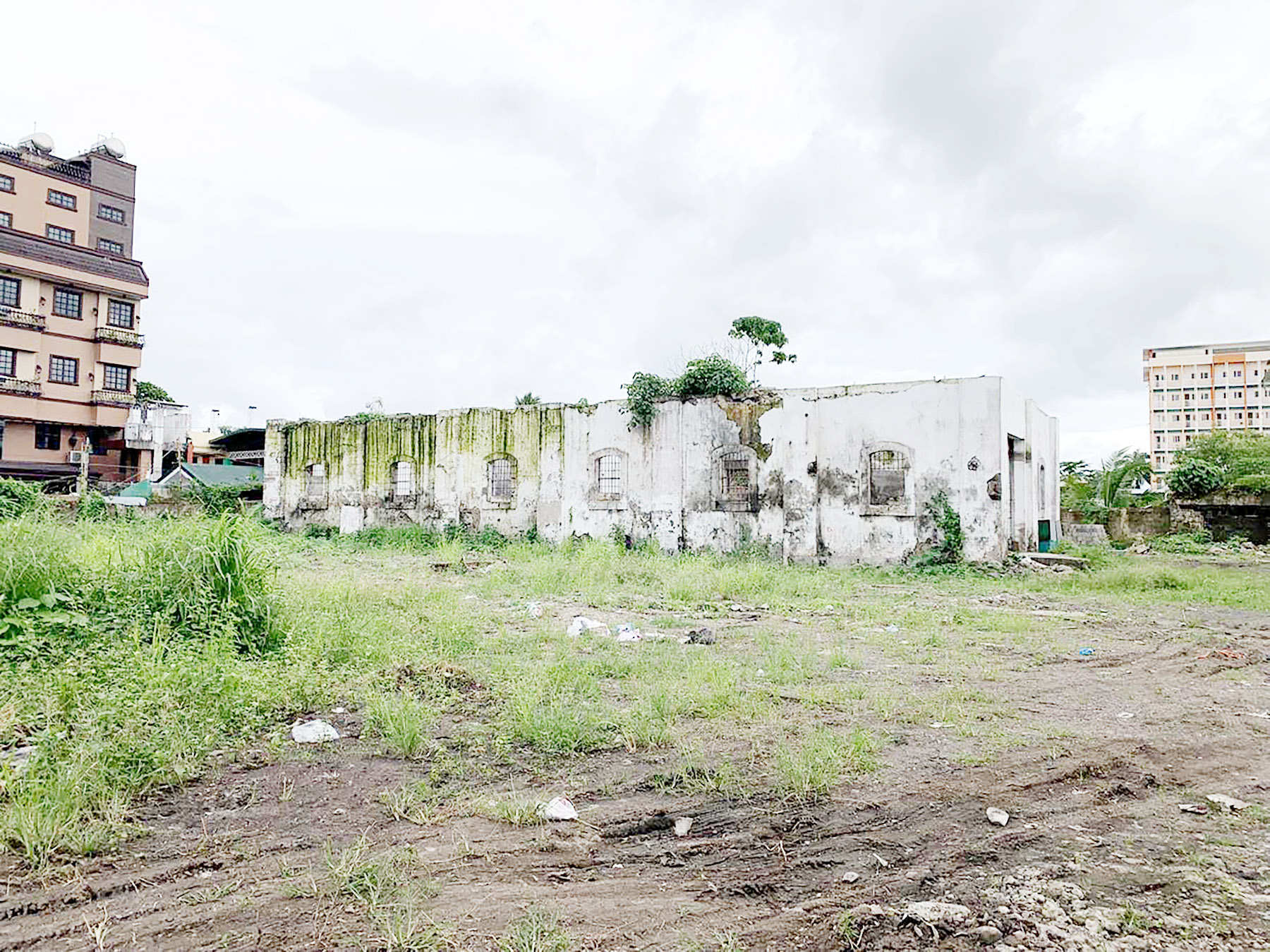
The Correo was built in 1826. According to heritage advocate and Nueva Caceres Heritage Movement Inc volunteer Casey Nina Y. Abalayan, the Correo is the “only and last civic structure in the city” and serves as a reminder of when Naga City was the third (there were four total, namely, Cebu, Manila, and Vigan) royal city during the Spanish colonial period. It is one of the very few examples left of utilitarian institutional buildings found in the country” with architectural details specific during the time.
At the moment the Correo is protected by Republic Act 10066 (RA10066), which is presumed to be culturally important unless declared otherwise by the pertinent cultural agency. Any structure dating at least 50 years old is presumed to be important and under RA10066. The National Commission on Culture and the Arts (NCCA) is the only government agency that can lift this “presumption of significance” after due process. Due process will include the presentation of
arguments from stakeholders regarding the proposed demolition of the Carreo.
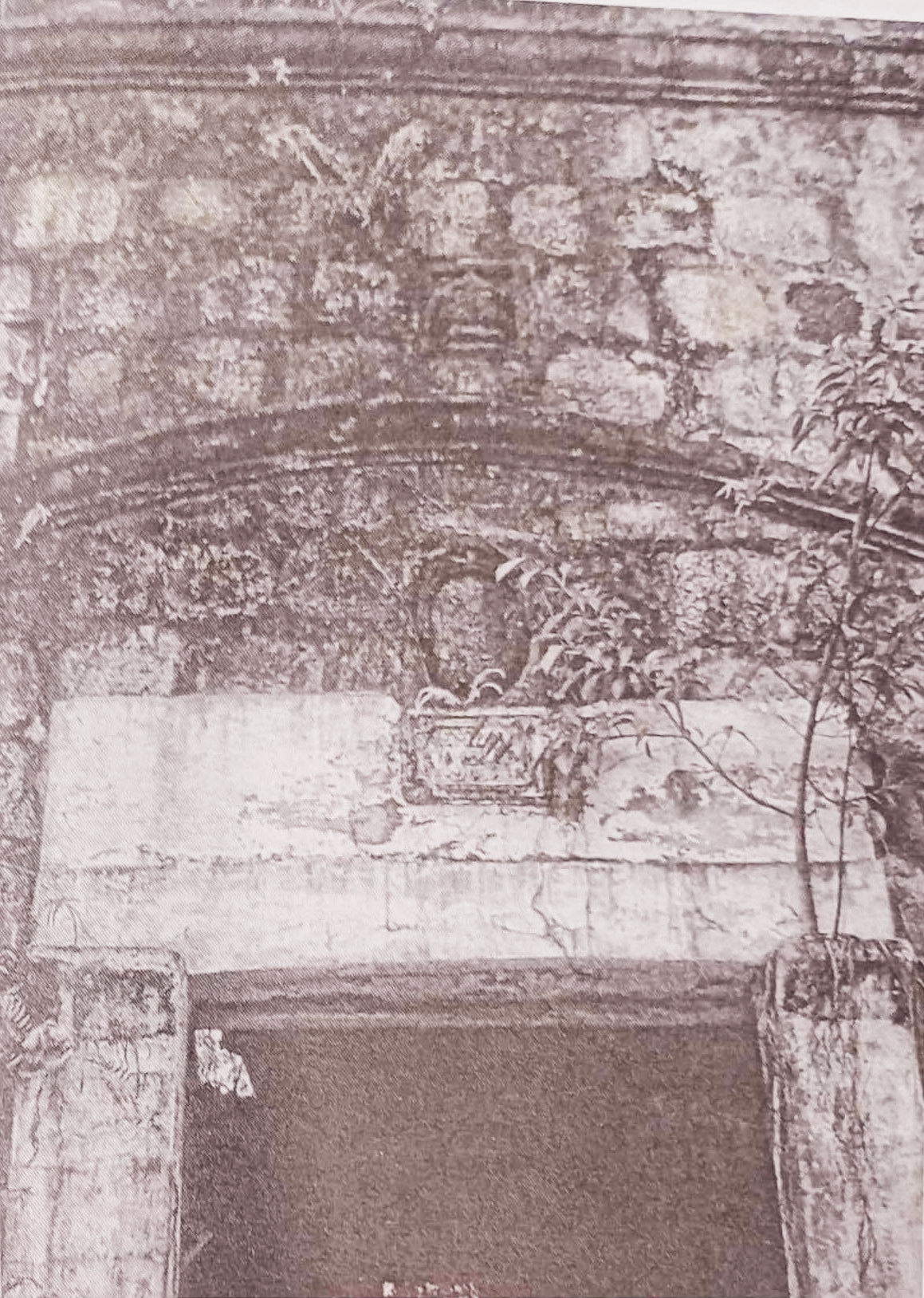
In most cases for built structures, heritage advocates are pitted against developers or, in the case of the Carreo, the landowners where heritage assets are located. According to N.J Thompson, in his paper Fiscal Incentives for Private Heritage Conservation, heritage sites (that are built structures) are part of the property market. Private owners continue to purchase and maintain these heritage assets so long as their value exceeds that of alternative uses of the site net of demolition cost. Thus, “the higher the net returns from the heritage asset as it exists, the greater the loss from demolition and therefore the less likely it is to be replaced by a modern structure,” So as long as the current heritage asset continues to rake in worthwhile revenues for the landowner, the less likely the owner will want to demolish it. It also helps when the landowner is incentivized with grants, loans, or tax deductions. In the Philippines, some tax
exemptions, the National Heritage Resource Assistance Program, and awards and citations for conservations efforts, but clearly not enough to compensate owners of properties, where these heritage assets are located.
The many heritage failures in the past years—the biggest travesty for me was the destruction of the Relief Map of the Philippines—has left me experiencing heritage failure fatigue. I just hope we get a big win for heritage soon because the community surely needs it.
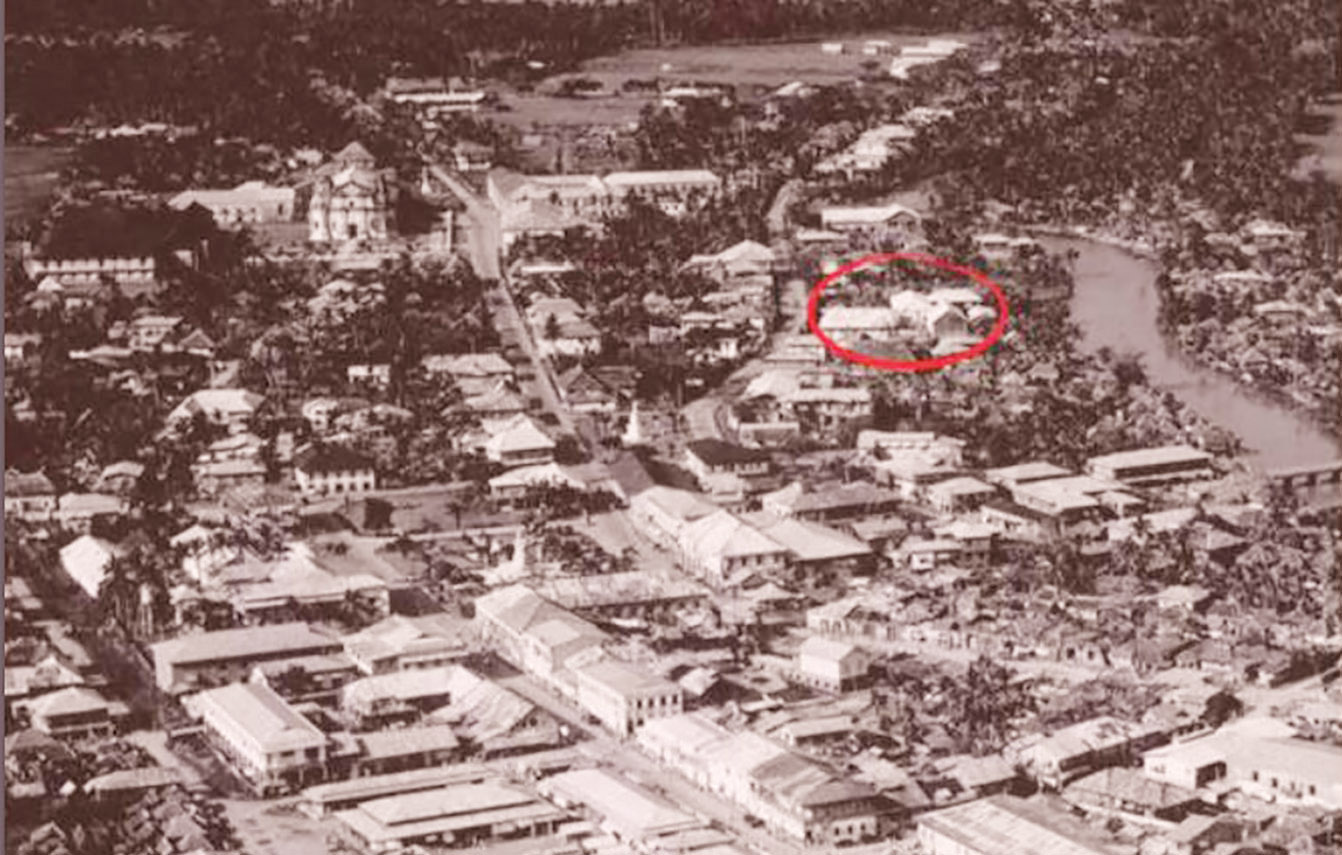
As you may already know, one of the best ways for me to recharge is to hike through the mountains of Montalban, Rizal. I went back recently with some of my husbands’ relatives who were visiting from abroad. Along the way I met a group of environmentalists led by Karl Bautista, the social media ambassador of the non-profit group Make Sense, a 13-year-old global people-powered community that supports engaged citizens, entrepreneurs, and forward-looking organizations in tackling social and environmental challenges. Karl took a group up the mountain to introduce The Good Chat, a program started by Make Sense, whose end goal is to create a guide book for others to use in order to talk substance about the climate crisis.

But then they realized a few months into the campaign that “the South East Asian audience isn’t too comfortable talking about heavy topics like the climate crisis, so to influence them, we felt that playing a game is a better approach” Karl explained.
Thus, the Good Chat Game was born. Hikers have this inside joke about bringing newbies up the mountains and offering them as “pang-alays” to the mountain gods. Karl had a lot of newbies with him and I asked how he got such a big group to go. A bunch of them, invited close friends to try out this new program and play the game at the summit. In response to the success of the event, the Good Catch Game is considering inviting the public to join them in the future.

Download the game here: https://makesense.typeform.com/to/XkMYovi6